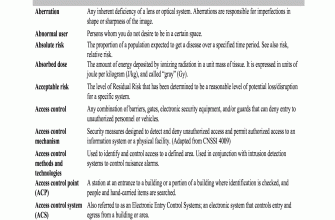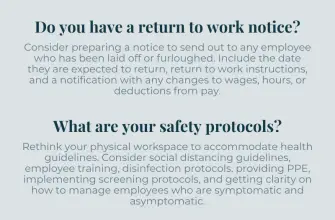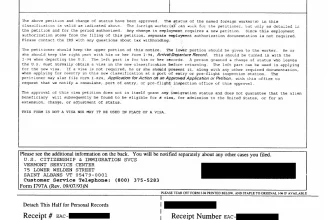Shared parental leave is a relatively new concept that allows parents to share their maternity and paternity leave rights. This guide aims to provide a comprehensive understanding of shared parental leave, how it works, and how to maximize its benefits. It will also delve into the rights of parents, the entitlements of mothers, and the concept of split maternity leave. The guide will also touch on the topic of father maternity leave, a term that is gaining popularity as more fathers take an active role in the early stages of their child’s life.
Understanding Shared Parental Leave
Shared parental leave is a statutory right that allows parents to share their leave and pay entitlements following the birth or adoption of their child. This system is designed to offer greater flexibility in how parents care for their child during the first year. It allows mothers to return to work early and fathers to take a more significant role in caring for their child.
Who is Eligible for Shared Parental Leave?
Both parents must meet certain eligibility criteria to qualify for shared parental leave. These include:
- They must share responsibility for the child at the time of birth or adoption.
- They must have been employed continuously by the same employer for at least 26 weeks by the end of the 15th week before the due or matching date.
- They must remain with the same employer while taking shared parental leave.
Maximizing Maternity Leave Rights
Understanding maternity leave rights is crucial for mothers planning to share their leave with their partners. In the UK, mothers are entitled to 52 weeks of maternity leave. This is split into 26 weeks of ordinary maternity leave and 26 weeks of additional maternity leave.
How to Share Maternity Leave
Sharing maternity leave involves the mother ending her maternity leave early and converting the remaining weeks into shared parental leave. This can be taken by either parent and can be split in any way they choose. For example, both parents could take leave at the same time or take turns to care for their child.
Father Maternity Leave: A New Perspective
Father maternity leave, more commonly known as paternity leave, is a term that refers to the leave a father takes after the birth or adoption of his child. Traditionally, fathers were entitled to 1-2 weeks of paternity leave. However, with the introduction of shared parental leave, fathers can now take a more extended period of leave to care for their child.
Benefits of Father Maternity Leave
There are several benefits associated with fathers taking an extended period of leave:
- It allows fathers to bond with their newborns.
- It promotes gender equality in the workplace and at home.
- It can improve the mental health of mothers by providing them with support and reducing the pressure of being the primary caregiver.
Split Maternity Leave: A Flexible Approach
Split maternity leave refers to the division of maternity leave between both parents. This approach offers a flexible way for parents to manage their work and family commitments. It allows both parents to maintain their careers while also spending quality time with their child during the crucial first year.
How to Arrange Split Maternity Leave
Arranging split maternity leave involves several steps:
- The mother must first decide to end her maternity leave early.
- Both parents must then decide how they want to split the remaining weeks of leave.
- They must notify their respective employers of their intention to take shared parental leave and provide them with the necessary notice.
In conclusion, shared parental leave offers a flexible and inclusive approach to parental leave. It allows both parents to share the responsibility and joy of caring for their newborn child. By understanding their rights and entitlements, parents can make informed decisions and maximize the benefits of shared parental leave.









